How Buildings Learn: What Happens After They're BuiltStewart Brand Buildings have often been studies whole in space, but never before have they been studied whole in time. How Buildings Learn is a masterful new synthesis that proposes that buildings adapt best when constantly refined and reshaped by their occupants, and that architects can mature from being artists of space to becoming artists of time.
From the connected farmhouses of New England to I.M. Pei's Media Lab, from "satisficing" to "form follows funding," from the evolution of bungalows to the invention of Santa Fe Style, from Low Road military surplus buildings to a High Road English classic like Chatsworth—this is a far-ranging survey of unexplored essential territory.
More than any other human artifacts, buildings improve with time—if they're allowed to. How Buildings Learn shows how to work with time rather than against it. Green Metropolis: Why Living Smaller, Living Closer, and Driving Less are the Keys to SustainabilityDavid Owen Read David Owen's posts on the Penguin Blog.
A challenging, controversial, and highly readable look at our lives, our world, and our future.
In this remarkable challenge to conventional thinking about the environment, David Owen argues that the greenest community in the United States is not Portland, Oregon, or Snowmass, Colorado, but New York, New York.
Most Americans think of crowded cities as ecological nightmares, as wastelands of concrete and garbage and diesel fumes and traffic jams. Yet residents of compact urban centers, Owen shows, individually consume less oil, electricity, and water than other Americans. They live in smaller spaces, discard less trash, and, most important of all, spend far less time in automobiles. Residents of Manhattan— the most densely populated place in North America —rank first in public-transit use and last in percapita greenhouse-gas production, and they consume gasoline at a rate that the country as a whole hasn’t matched since the mid-1920s, when the most widely owned car in the United States was the Ford Model T. They are also among the only people in the United States for whom walking is still an important means of daily transportation.
These achievements are not accidents. Spreading people thinly across the countryside may make them feel green, but it doesn’t reduce the damage they do to the environment. In fact, it increases the damage, while also making the problems they cause harder to see and to address. Owen contends that the environmental problem we face, at the current stage of our assault on the world’s nonrenewable resources, is not how to make teeming cities more like the pristine countryside. The problem is how to make other settled places more like Manhattan, whose residents presently come closer than any other Americans to meeting environmental goals that all of us, eventually, will have to come to terms with. The Plan of Chicago: Daniel Burnham and the Remaking of the American CityCarl Smith Arguably the most influential document in the history of urban planning, Daniel Burnham’s 1909 Plan of Chicago, coauthored by Edward Bennett and produced in collaboration with the Commercial Club of Chicago, proposed many of the city’s most distinctive features, including its lakefront parks and roadways, the Magnificent Mile, and Navy Pier. Carl Smith’s fascinating history reveals the Plan’s central role in shaping the ways people envision the cityscape and urban life itself.
Smith’s concise and accessible narrative begins with a survey of Chicago’s stunning rise from a tiny frontier settlement to the nation’s second-largest city. He then offers an illuminating exploration of the Plan’s creation and reveals how it embodies the renowned architect’s belief that cities can and must be remade for the better. The Plan defined the City Beautiful movement and was the first comprehensive attempt to reimagine a major American city. Smith points out the ways the Plan continues to influence debates, even a century after its publication, about how to create a vibrant and habitable urban environment.
Richly illustrated and incisively written, his insightful book will be indispensable to our understanding of Chicago, Daniel Burnham, and the emergence of the modern city. Shaping ThingsBruce Sterling " Shaping Things is about created objects and the environment, which is to say, it's about everything," writes Bruce Sterling in this addition to the Mediawork Pamphlet series. He adds: "Seen from sufficient distance, this is a small topic."
Sterling offers a brilliant, often hilarious history of shaped things. We have moved from an age of artifacts, made by hand, through complex machines, to the current era of "gizmos." New forms of design and manufacture are appearing that lack historical precedent, he writes; but the production methods, using archaic forms of energy and materials that are finite and toxic, are not sustainable. The future will see a new kind of object; we have the primitive forms of them now in our pockets and briefcases: user-alterable, baroquely multi-featured, and programmable, that will be sustainable, enhanceable, and uniquely identifiable. Sterling coins the term "spime" for them, these future-manufactured objects with informational support so extensive and rich that they are regarded as material instantiations of an immaterial system. Spimes are designed on screens, fabricated by digital means, and precisely tracked through space and time. They are made of substances that can be folded back into the production stream of future spimes, challenging all of us to become involved in their production. Spimes are coming, says Sterling. We will need these objects in order to live; we won't be able to surrender their advantages without awful consequences.
The vision of Shaping Things is given material form by the intricate design of Lorraine Wild. Shaping Things is for designers and thinkers, engineers and scientists, entrepreneurs and financiers; and anyone who wants to understand and be part of the process of technosocial transformation. Smart Cities: Big Data, Civic Hackers, and the Quest for a New UtopiaAnthony M. Townsend An unflinching look at the aspiring city-builders of our smart, mobile, connected future.We live in a world defined by urbanization and digital ubiquity, where mobile broadband connections outnumber fixed ones, machines dominate a new "internet of things," and more people live in cities than in the countryside.
In Smart Cities, urbanist and technology expert Anthony Townsend takes a broad historical look at the forces that have shaped the planning and design of cities and information technologies from the rise of the great industrial cities of the nineteenth century to the present. A century ago, the telegraph and the mechanical tabulator were used to tame cities of millions. Today, cellular networks and cloud computing tie together the complex choreography of mega-regions of tens of millions of people.
In response, cities worldwide are deploying technology to address both the timeless challenges of government and the mounting problems posed by human settlements of previously unimaginable size and complexity. In Chicago, GPS sensors on snow plows feed a real-time "plow tracker" map that everyone can access. In Zaragoza, Spain, a "citizen card" can get you on the free city-wide Wi-Fi network, unlock a bike share, check a book out of the library, and pay for your bus ride home. In New York, a guerrilla group of citizen-scientists installed sensors in local sewers to alert you when stormwater runoff overwhelms the system, dumping waste into local waterways.
As technology barons, entrepreneurs, mayors, and an emerging vanguard of civic hackers are trying to shape this new frontier, Smart Cities considers the motivations, aspirations, and shortcomings of them all while offering a new civics to guide our efforts as we build the future together, one click at a time. | Century of the City: No Time to LoseNeal R. Peirce, Curtis W. Johnson "Around the world, unplanned urban expansion is multiplying slums; overburdening housing, transportation, and infrastructure systems; stifling economic growth; and leaving millions vulnerable to new environmental and health threats. To help manage and plan for this accelerating urbanization, the Rockefeller Foundation convened an exceptional group of urbanists — leading policy makers and government officials, finance experts, urban researchers, members of civil society organizations, and other innovators — for the Global Urban Summit at the Rockefeller Foundation Bellagio Center. This book shares their diverse perspectives...." — from back cover. Building StoriesChris Ware The New York Times Book Review, Top 10 Book of the Year
Time Magazine, Top Ten Fiction Book of the Year
Publishers Weekly, Best Book of the Year
2013 Lynd Ward Prize, Best Graphic Novel of the Year
4-time 2013 Eisner Award Winner, including Best Publication, Best Writer/Artist and Best Graphic Album
Newsday, Top 10 Books of 2012
Entertainment Weekly, Gift Guide, A+
Washington Post, Top 10 Graphic Novels of 2012
Minneapolis Star Tribune, Best Books of the Year
Cleveland Plain Dealer, Top 10 Fiction Books of the Year
Amazon, Best Books of the Year/Comics
Boing Boing, Best Graphic Novel of the Year
Time Out New York, Best of 2012
Entertainment Weekly, Best Fiction of 2012
Everything you need to read the new graphic novel Building Stories: 14 distinctively discrete Books, Booklets, Magazines, Newspapers, and Pamphlets.
With the increasing electronic incorporeality of existence, sometimes it’s reassuring—perhaps even necessary—to have something to hold on to. Thus within this colorful keepsake box the purchaser will find a fully-apportioned variety of reading material ready to address virtually any imaginable artistic or poetic taste, from the corrosive sarcasm of youth to the sickening earnestness of maturity—while discovering a protagonist wondering if she’ll ever move from the rented close quarters of lonely young adulthood to the mortgaged expanse of love and marriage. Whether you’re feeling alone by yourself or alone with someone else, this book is sure to sympathize with the crushing sense of life wasted, opportunities missed and creative dreams dashed which afflict the middle- and upper-class literary public (and which can return to them in somewhat damaged form during REM sleep).
A pictographic listing of all 14 items (260 pages total) appears on the back, with suggestions made as to appropriate places to set down, forget or completely lose any number of its contents within the walls of an average well-appointed home. As seen in the pages of The New Yorker, The New York Times and McSweeney’s Quarterly Concern, Building Stories collects a decade’s worth of work, with dozens of “never-before-published” pages (i.e., those deemed too obtuse, filthy or just plain incoherent to offer to a respectable periodical). The Hermitage Museum: Treasures from the Complete Collections The Hermitage in St Petersburg, Russia, is one of the great museums of the world. This stunning new edition of the definitive book on the museum showcases its unparalleled collections, which span prehistory to the 20th century: Paleolithic artifacts of the 22nd millennium BC; Egyptian antiquities; Roman portrait busts; Byzantine coins; Scythian gold; Chinese prints; 19th-century Tibetan art; paintings by Leonardo and Picasso, Matisse and Rembrandt; Sèvres porcelain; Gobelins tapestries; jewelry; costumes; furniture; and much more. Recent additions, such as the Soviet porcelain collection of the Lomonosov Porcelain Museum, are also included.
Mikhail Piotrovsky's, new illustrated introduction reflect the "Greater Hermitage” project: its recent expansion across Palace Square, the museum’s new restoration and conservation center, and its affiliated museums in St Petersburg and beyond.
First published in 1994, this revised and updated two-volume set—the official publication for the 250th anniversary of the Hermitage—is an unrivaled treasury of world culture. Old CalabriaNorman Douglas Though steeped in a rich and ancient past, Calabria had been lost from view when Norman Douglas visited in the early 1900s. Long familiar with southern Italy, the region captivated him and the wild and unspoilt landscape inspired him. Tracing a typically adventurous route from the promontory of Gargano in the north - linked in ancient times with Byzantium - to the southern tip of Aspromote, he scaled vast mountain ranges, trekked through dense forest and crossed remote and often dangerous countryside. Within Douglas' vibrant account of his adventures is woven the rich history - from Greek settlers and Roman conquerors to the powerful 'Ndrangheta organized crime family - that has shaped the land, language, culture and people of a place that Douglas grew to adore. Witty, erudite and elegant, "Old Calabria" is a literary classic, acclaimed as much for its sparkling prose as for its exquisite portrait of Italy's most unpredictable and colorful province. The Making of Stanley Kubrick's '2001: A Space Odyssey'Piers Bizony Hello, HALOn the set of 2OO1: A Space Odyssey Get closer than ever to the movie that changed the movies. This behind-the-scenes spectacular of 2OO1: Space Odyssey sheds light on the lead actors, senior production designers, special-effects experts and masterminds of Stanley Kubrick and Arthur C. Clarke, who together revolutionized science fiction and the art of cinema.
Previously available as part of the multi-volume and instant sell-out Collector's Edition, this comprehensive visual record includes on and off set photographs, pre-production paintings, and conceptual designs from the Kubrick archives. With numerous fold-outs, these dazzling images offer insight both into Kubrick's meticulous directorial methods, and into the mysteries and magnetism of a film at once vast in scope and intricate in its exploration of our relationship to technology.
Written and researched over several years by the outer space, special effects, and technology journalist Piers Bizony, this compendium is both an exhaustive labour of love and a monument to a masterpiece of 20th century culture. How to Keep Jellyfish in Aquariums: An Introductory Guide for Maintaining Healthy JelliesChad L. Widmer Many people want to learn how to keep and grow jellyfish in aquariums, but don't know where to start. Though the scientific literature contains clues, the language can be cryptic for the uninitiated, and the references can be tricky to track down without access to a well-stocked university library. In this first-of-its-kind guide, Chad L. Widmer presents in plain language some proven methods for jellyfish husbandry. With some study, attention to detail, and a little pioneer spirit, you'll soon be enjoying your own jellies, along with your newfound jelly-keeping skills. |
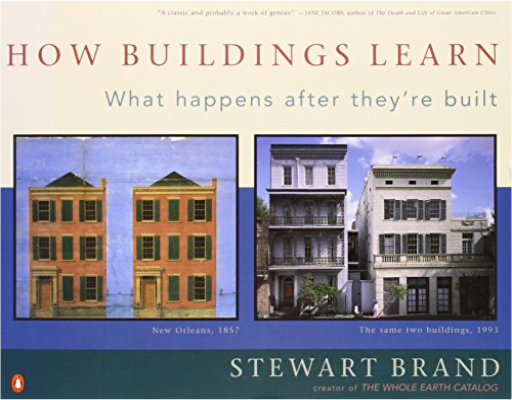
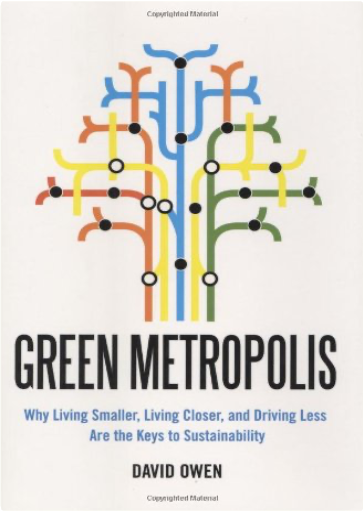
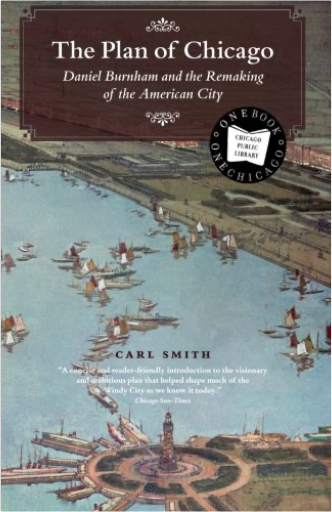
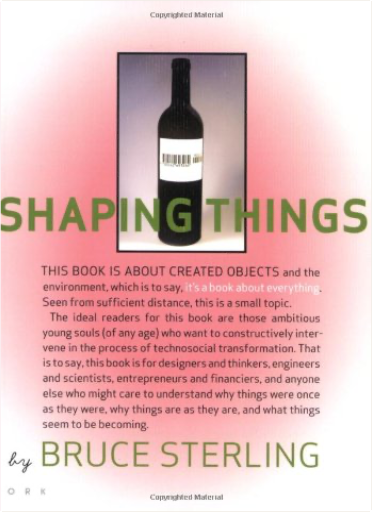
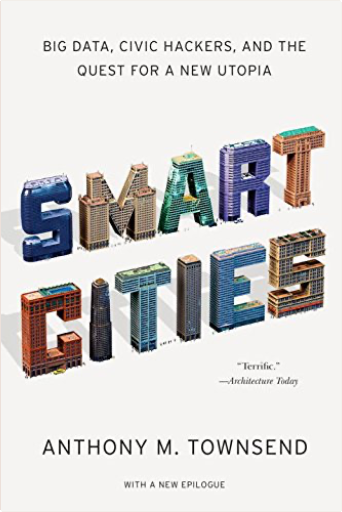
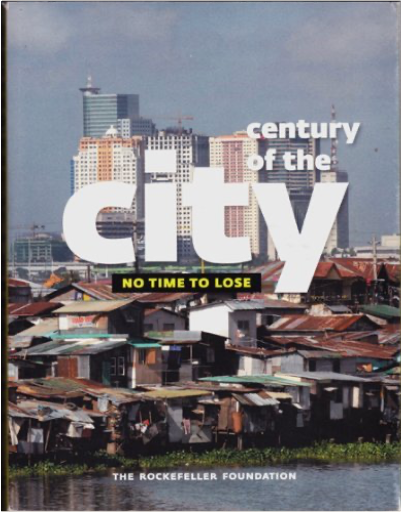
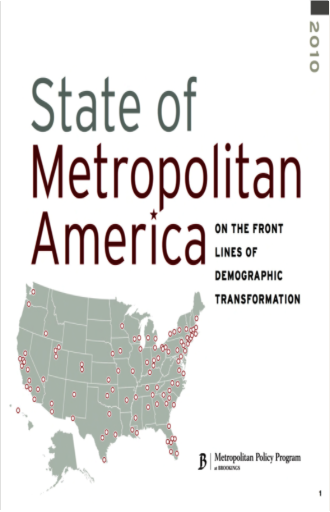

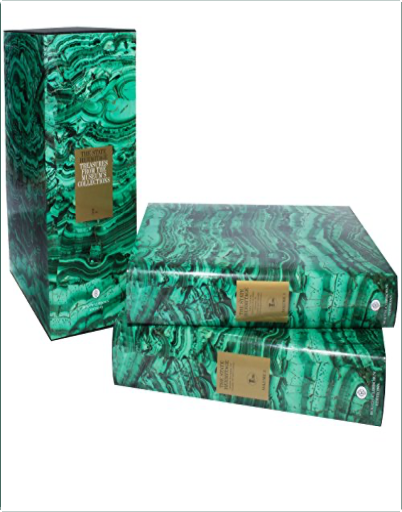







 Made with Delicious Library
Made with Delicious Library